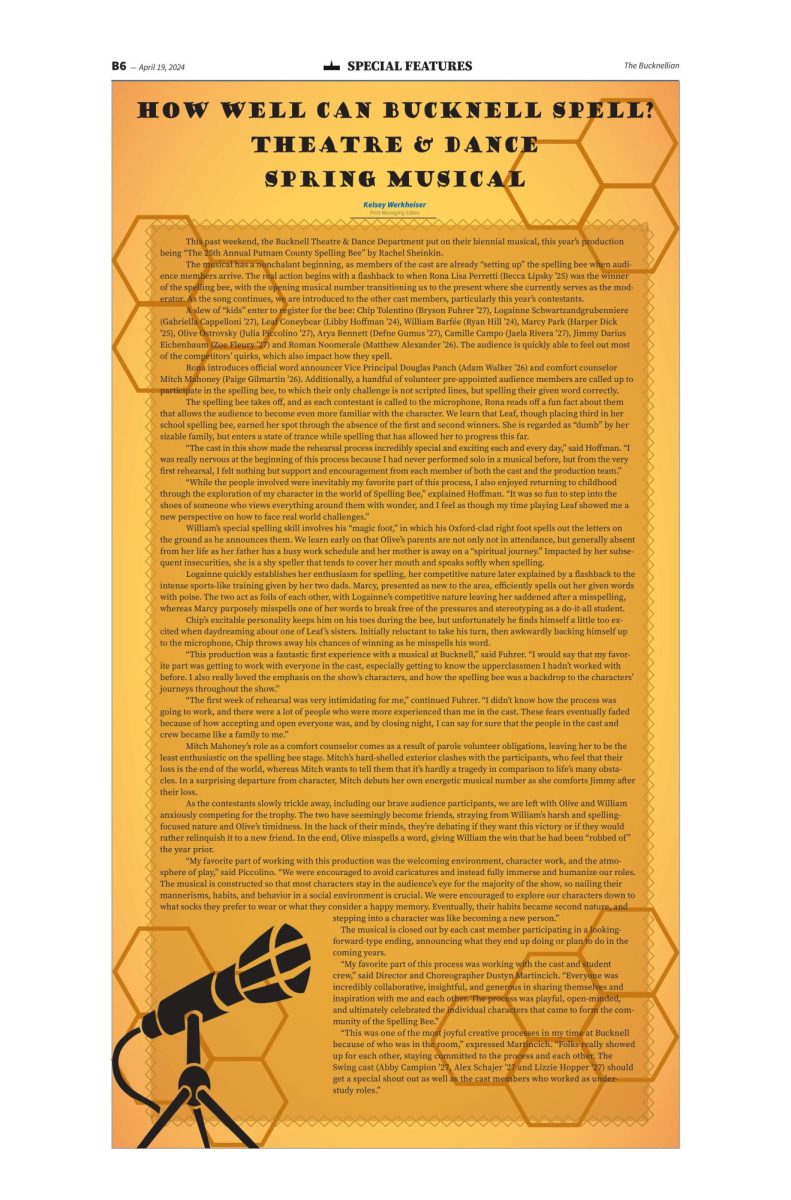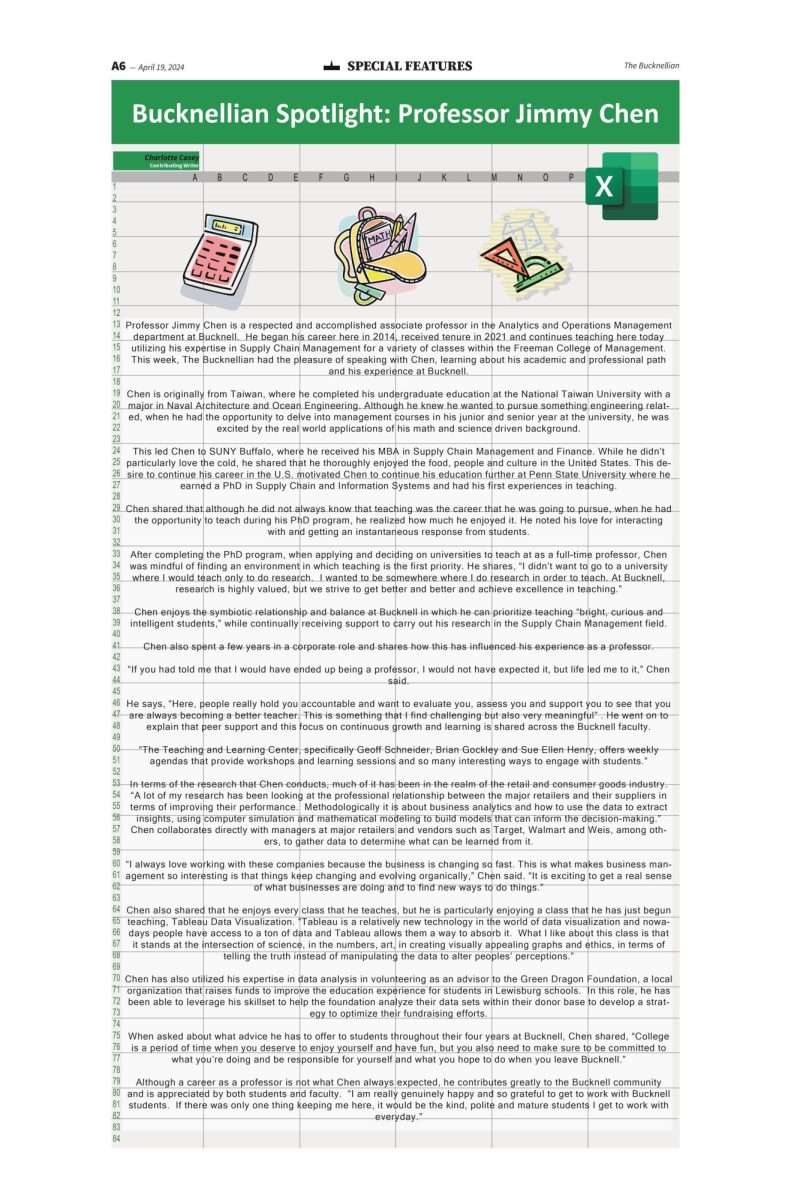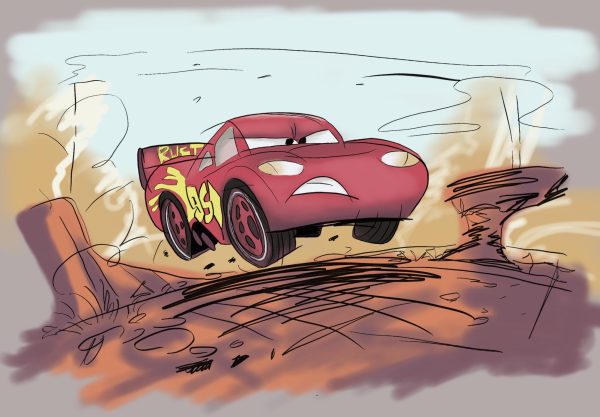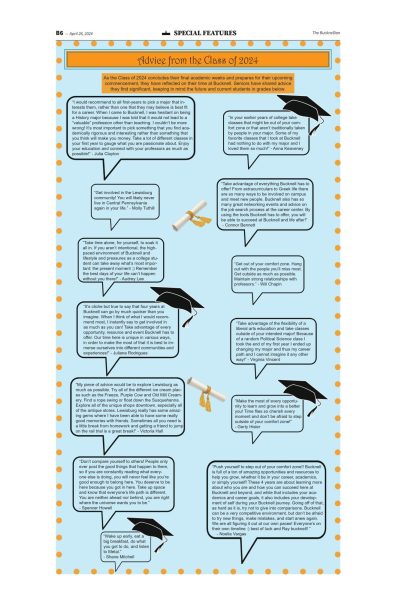Sister of two Jonestown victims speaks on erasure for Griot series
February 1, 2018
Rebecca Moore, professor emerita of religious studies at San Diego State University, spoke in the Gallery Theater of the Elaine Langone Center at 7 p.m. on Jan. 31. Her speech, titled “The Erasure (and Re-Inscription) of African Americans from the Jonestown Narrative,” was the first lecture in the University’s Griot Institute for Africana Studies spring 2018 lecture and performance series “Erasure: Blackness and the Fight Against Invisibility.” The series centers around the concept of erasure, collective indifference of people or groups that results in their going unnoticed, and the fight against invisibility of African Americans.
“I am talking about Peoples Temple of Jonestown in the context of the narratives of black people in the temple that have really been forgotten and ignored,” Moore said on the topic of her speech.
The lecture considered the events that led to the tragic death of over 900 members of the Peoples Temple, a religious group, in Georgetown, Guyana. The Peoples Temple began in 1955 under the leadership of Jim Jones. The core values of the group were their search for a utopian community, racial justice, and communist and socialist ideals. The group traveled to an isolated area in South America in search of an agricultural, utopian settlement, which later became known as Jonestown. Almost 1,000 people from the group settled there.
“One of the interesting facts is that African Americans and whites lived together in this integrated environment back in the seventies when it was still controversial,” Moore said.
A U.S. Congressman, Leo Ryan, along with four others were assassinated after their presence in Jonestown was considered an “attack” on the settlement. This event on Nov. 17, 1978 was followed by the mass killings and suicides of over nine hundred men, women and children by poison. Conflicting evidence and conspiracy theories have since emerged, but much of it suggests that Jones himself was instrumental in the killings.
Two of Moore’s sisters died in Jonestown.
“Black and whites alike died in the tragedy, but seventy percent of the people who died were African American. It was a predominantly black association led by a white preacher man,” Moore said.
Survivors of the event were quiet for many years, due to the discrimination they received when their connection to Jonestown was known. It was not until twenty years ago that they started speaking out, in order to criticize what went wrong and what attracted them to such a community in the first place, considering that Peoples Temple as an institution no longer exists.
There are many articles written by African Americans of Guyana, including reflections, memoirs, and books, to spread awareness.
“Certainly one of the lessons is that idealistic people can do great evil. If you aren’t self critical, that can lead to disaster. If your leader cannot be criticized, then you don’t have autonomy,” Moore said.
Moore’s lecture consisted of defining “erasure” and how exactly it happens. She then looked specifically at the demographics of Jonestown, followed by the profile examination of African Americans who have written about Peoples Temple and Jonestown.
“I think that discussing erasure is a way of examining our own history but also examining the histories that have been neglected, suppressed, or erased that we don’t even know about. The more we know about the past, in theory, the more responsibly we can shape the future and not make the same mistakes,” Moore said.
Moore, now retired, resides on San Juan Island, Wash. She manages a digital archive website hosted by San Diego State University, which contains information, accounts, and discussion of the events of Jonestown and Peoples Temple.























